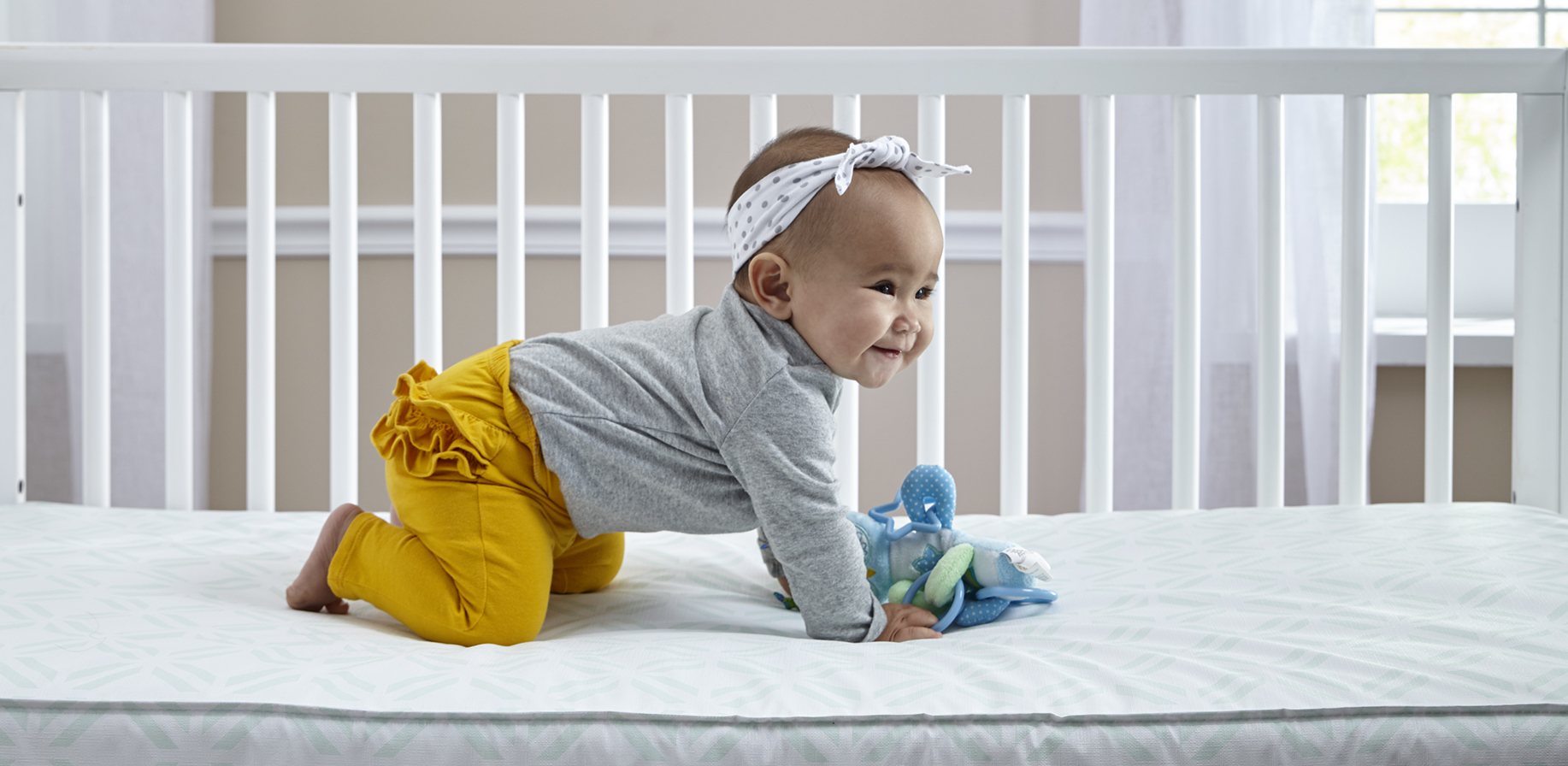Introduction: The Importance of a Good Night’s Sleep for Your Baby
Ensuring your baby gets a good night’s sleep is essential for their growth, development, and overall well-being. One crucial factor in promoting healthy sleep habits is choosing the right crib mattress. With a myriad of options available on the market, understanding crib mattress sizes is paramount to providing your baby with a safe and comfortable sleep environment.
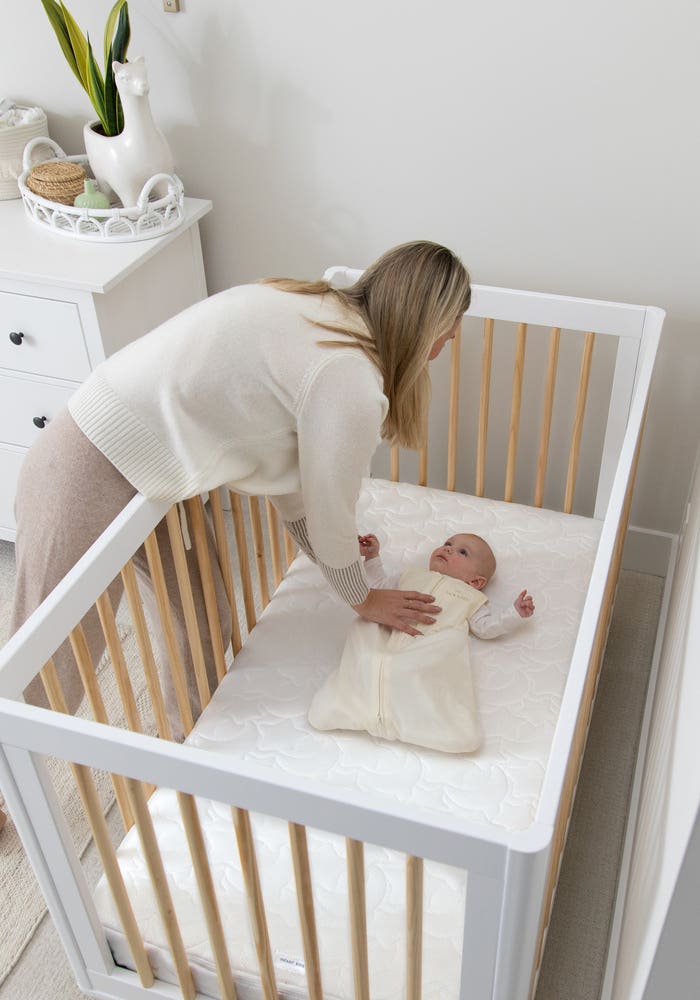
Standard Crib Mattress Sizes: A Primer
The standard crib mattress sizes serve as the foundation for understanding the dimensions available in the market. In the United States, the most common crib mattress size is 28 inches by 52 inches. This standard size ensures compatibility with most standard-sized cribs, providing a snug and secure fit. However, it’s essential to note that crib mattress sizes may vary slightly between manufacturers, so it’s crucial to verify the exact dimensions before making a purchase.
Mini Crib Mattresses: Space-Saving Solutions for Compact Nurseries
For parents with limited space or those who prefer a more portable option, mini crib mattresses offer a space-saving solution. These mattresses typically measure around 24 inches by 38 inches, making them ideal for smaller cribs or travel cribs. While mini crib mattresses may be smaller than standard-sized cribs, they still provide adequate support and comfort for your baby’s sleep needs.
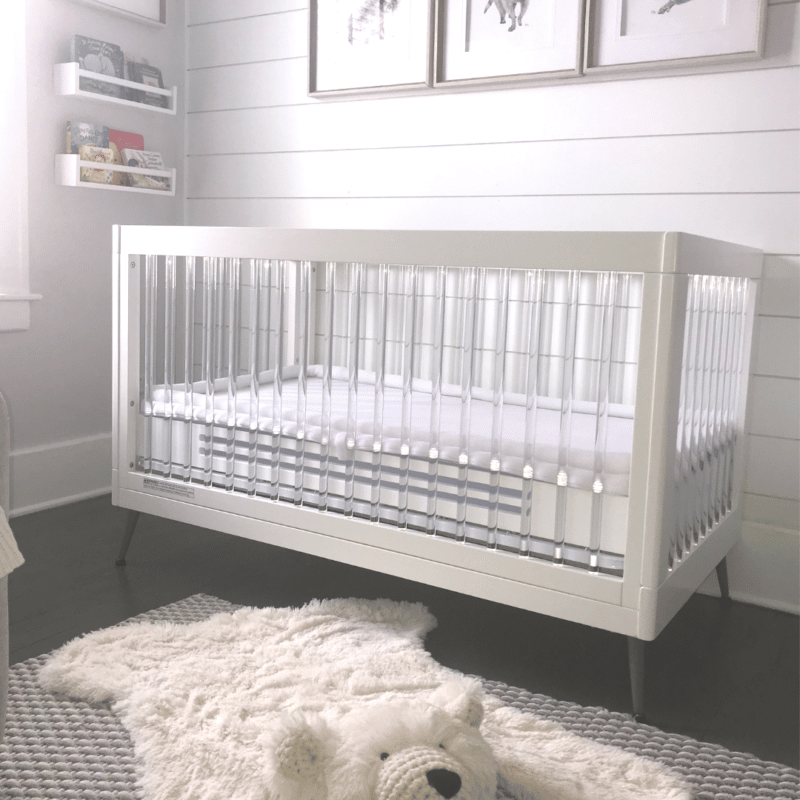
Crib Mattress Thickness: Finding the Right Balance
In addition to considering crib mattress sizes, parents must also pay attention to mattress thickness. The ideal thickness of a crib mattress is typically between 4 to 6 inches. A mattress that is too thin may lack sufficient support, while one that is too thick could pose a suffocation hazard. Finding the right balance ensures optimal comfort and safety for your baby while they sleep.
Convertible Cribs and Toddler Beds: Transitioning with Ease
Many parents opt for convertible cribs that can transform into toddler beds as their child grows. When considering crib mattress sizes for a convertible crib, it’s essential to choose a mattress that fits both the crib and toddler bed configurations. Typically, a standard crib mattress size will accommodate both stages of use, providing a seamless transition for your child as they move from infancy to toddlerhood.
Waterproof and Breathable Materials: Enhancing Comfort and Safety
When selecting a crib mattress, consider the materials used in its construction. Waterproof and breathable materials are highly desirable, as they help prevent moisture buildup and promote airflow, reducing the risk of mold, mildew, and bacterial growth. Look for mattresses with certified non-toxic materials that are free from harmful chemicals, ensuring a safe and healthy sleep environment for your baby.
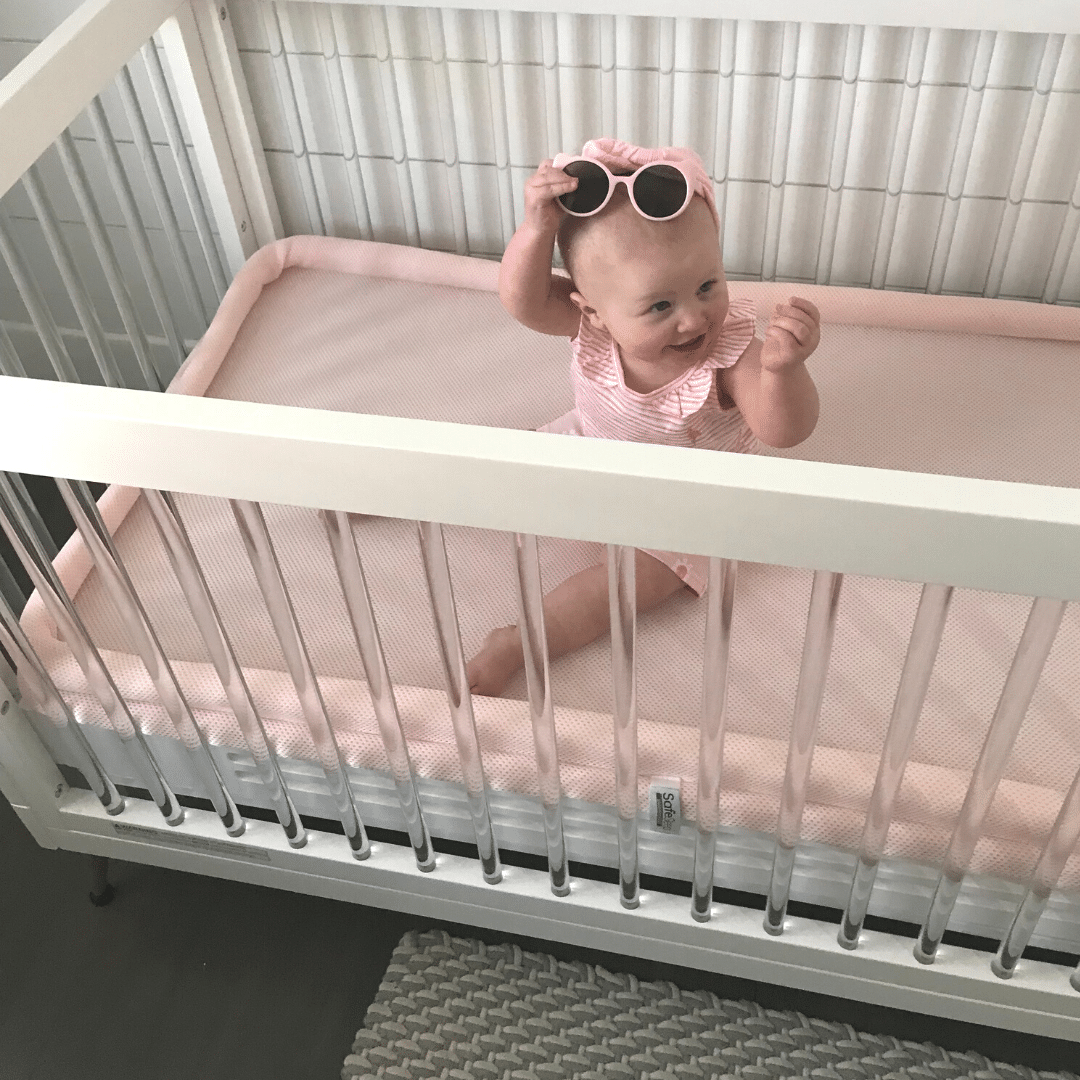
Firmness and Support: Prioritizing Safety and Spinal Alignment
One of the most critical factors to consider when choosing a crib mattress is firmness and support. A firm mattress is essential to reduce the risk of Sudden Infant Death Syndrome (SIDS) and promote healthy spinal alignment. When selecting a crib mattress, gently press on the surface to ensure it quickly returns to its original shape. Avoid mattresses that conform too easily to your hand, as they may not provide adequate support for your baby’s developing spine.
Mattress Maintenance: Tips for Longevity and Hygiene
Proper maintenance of your crib mattress is essential to prolong its lifespan and ensure a hygienic sleep environment for your baby. Use a fitted crib sheet to protect the mattress from spills, accidents, and wear. Regularly inspect the mattress for signs of wear and tear, and replace it if it becomes damaged or worn out. Additionally, periodically clean the mattress surface with a mild detergent and allow it to air dry thoroughly to prevent mold and odors.
Factors to Consider When Choosing a Crib Mattress: Tailoring to Your Baby’s Needs
While understanding crib mattress sizes is essential, there are several other factors to consider when selecting the perfect mattress for your baby. One crucial consideration is hypoallergenic properties, especially if your baby has allergies or sensitive skin. Opting for a mattress with hypoallergenic materials can help reduce the risk of allergic reactions and ensure your baby sleeps comfortably throughout the night.
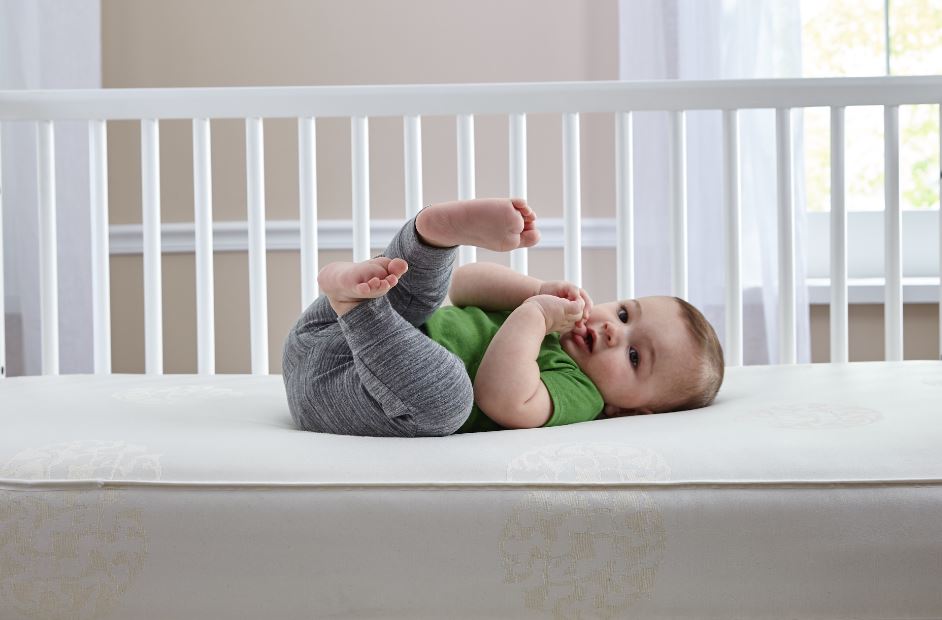
Temperature Regulation: Maintaining a Comfortable Sleep Environment
Babies are sensitive to temperature fluctuations, making temperature regulation a vital consideration when choosing a crib mattress. Look for mattresses with breathable materials that allow for proper airflow, helping to regulate your baby’s body temperature and prevent overheating. Additionally, consider using moisture-wicking mattress protectors or covers to help keep the mattress dry and comfortable, particularly during hot summer months.
Certifications and Safety Standards: Ensuring Peace of Mind
When shopping for a crib mattress, prioritize products that meet rigorous safety standards and certifications. Look for mattresses that comply with regulations set by organizations such as the Juvenile Products Manufacturers Association (JPMA) or the Consumer Product Safety Commission (CPSC). Additionally, certifications such as GREENGUARD Gold or CertiPUR-US indicate that the mattress has been independently tested for harmful emissions and chemical content, providing peace of mind for parents concerned about their baby’s health and safety.
Personal Preferences and Lifestyle Considerations: Customizing Your Choice
Beyond practical considerations, personal preferences and lifestyle factors can also influence your choice of crib mattress. For example, if you prefer organic or eco-friendly products, you may opt for a mattress made from organic cotton or natural latex. Similarly, if you value ease of cleaning and maintenance, look for mattresses with removable, machine-washable covers or waterproof surfaces. By tailoring your choice to align with your preferences and lifestyle, you can ensure that both you and your baby are satisfied with the mattress selection.
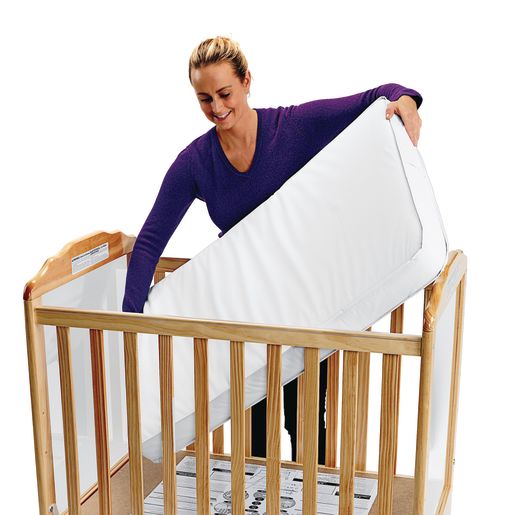
Conclusion: Investing in Your Baby’s Sleep Health
In conclusion, choosing the right crib mattress size is a crucial decision that can significantly impact your baby’s sleep health and overall well-being. By understanding the different crib mattress sizes available and prioritizing factors such as firmness, support, and material quality, you can create a safe and comfortable sleep environment for your little one. Remember to consider your specific needs and preferences, as well as any space constraints or future plans for transitioning to a toddler bed. Investing in a high-quality crib mattress is an investment in your baby’s health, happiness, and quality of sleep for years to come.
